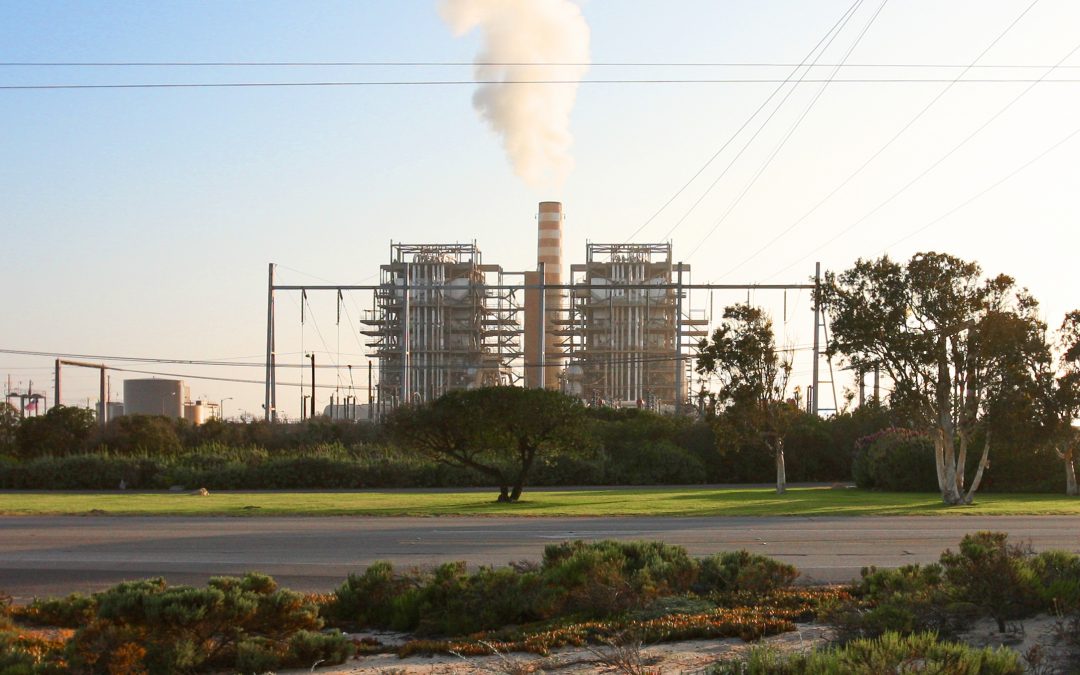WASHINGTON — Republican members of Congress have had a busy few months lambasting President Joe Biden’s early climate actions — halting the Keystone XL pipeline and pausing oil and gas leases on federal land — but there is one area where the president may be able to count on Republican support and still reduce global carbon emissions.
Carbon capture, a process by which carbon dioxide is sequestered from emission sources such as power plants or directly from the atmosphere and then stored or reused, has become a rare bastion of bipartisan congressional agreement on climate action. On Wednesday, lawmakers in the House and Senate, including Sens. Chris Coons, D-Del., and Bill Cassidy, R-La., and Reps. David McKinley, R-W.Va., and Marc Veasey, D-Texas, introduced a bill to provide loan guarantees from the Department of Energy to new and existing carbon capture projects.
“If we are serious about a global solution to address climate change by reducing carbon emissions, carbon capture is essential,” McKinley said in an email. “It’s not realistic to believe the world will transition away from fossil fuels in the next several decades.”
He and Veasey also introduced last month the ACCESS 45Q Act, which would extend the 45Q policy that provides a tax credit for each metric ton of CO2 stored or reused for 10 years.
The goal of carbon capture technology is to sequester carbon dioxide and then store it in geological formations so that there is less carbon in the atmosphere that can contribute to climate change.
At the moment, carbon capture mainly happens at emissions centers such as power plants and cement factories, but technology is being developed that can take carbon dioxide directly out of the atmosphere. Biden’s climate plan explicitly calls for the acceleration and deployment of carbon capture technology.
At first glance, it makes sense that both Republicans and Democrats would support the further development of this technology.
Republican lawmakers, especially those from fossil fuel powerhouse states, such as Sen. John Hoeven, R-N.D., see it as an opportunity to continue to back the traditional energy use while still addressing the potential climate consequences.
“My advocacy is really for energy and energy independence in our country from all sources, traditional and renewable,” Hoeven said in a phone interview. “Carbon capture is how we can continue to produce energy from all sources.”
Most Democrats are happy to support any technology that could reduce CO2 in the atmosphere and see carbon capture as potentially vital to the climate change fight.
“I think most, if not all, realistic climate modeling shows we are going to not only need to get emissions down to net zero, we’re still going to need to be able to pull carbon dioxide out of the air,” said a staffer for Sen. Tina Smith, a member of the Minnesota Democratic-Farmer-Labor Party, an affiliate of the Democratic Party.
Even if Biden’s goal of net-zero emissions by 2050 is fully met and other countries honor their carbon emission reduction commitments, many scientists say that climate change could still have devastating impacts unless some of the CO2 already in the atmosphere is removed.
Despite the bipartisan enthusiasm, carbon capture at the moment is nowhere near a comprehensive solution to climate change.
There are 21 carbon capture facilities around the world that can capture and store around 32 million tons of CO2. Current global CO2 emissions are around 36 billion tons a year, meaning that three orders of magnitude need to be made up for the technology to fully address the problem.
This is where Republicans and Democrats start to differ. Most Democrats see divesting in fossil fuels and implementing renewable energy quickly as the most important steps to take, with carbon removal playing a role in the future of climate change action, but is not the main solution to global warming.
Republicans, on the other hand, are banking on the development of carbon capture so that fossil fuels can continue to play a long-term role in the nation’s energy grid.
“Some people are just anti-fossil fuel,” Hoeven said. “But, you know, the question I say is why not produce from all these sources, particularly if we’re able to address the whole greenhouse gas issue.”


